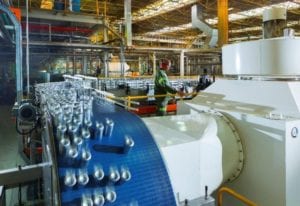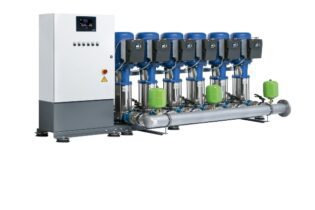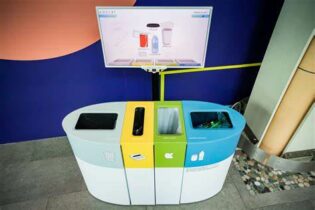Industry heavyweights ABInbev, Coca-Cola Southern Africa, Nampak Bevcan and Hulamin have thrown their weight behind an initiative to convert the beverage can industry from steel to aluminium. The more than R1.258 billion investment will not only bring the region in line with other major markets such as the United States – which changed to aluminium cans in the 1970s and 1980s – but also impact the industry’s recycling statistics positively. According to MetPac-SA, the industry body representing the interests of the local metal packaging industry, the recycling rate for used beverage cans in South Africa grew significantly from only 18 % in 1993 to its present rate of around 72%.
What else to read
Additional Reading?
Request Free CopyRelated Articles
3SMedia | Sep 27, 2022
Water pressure booster systems for local applications
A ready-to-connect pressure booster system with the ability to assist municipalities struggling with water reticulation has been introduced to the South African market by pump manufacturer, KSB Pumps and Valves. Shaun Wessels, regional sales...
Nov 28, 2023
uMhlanga Introduces E-Waste Bin for Responsible Disposal: A Joint Initiative by Umhlanga Tourism and UIP
Residents and business owners in uMhlanga are encouraged to make use of the newly introduced e-waste bin, an initiative spearheaded by Umhlanga Tourism in collaboration with the full support of the Umhlanga UIP. This bin, located adjacent to the...
Apr 30, 2024
Compressed Natural Gas (CNG) Revolutionizing South African Business, Says CNG Holdings CEO
Despite challenges surrounding gas shortages and regulatory uncertainties, South Africa is witnessing a transformative shift towards utilizing compressed natural gas (CNG) for various industrial applications. At the forefront of this revolution is...







